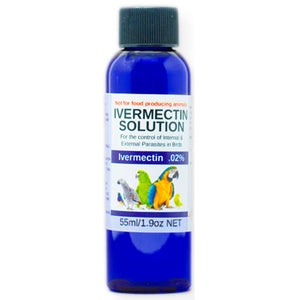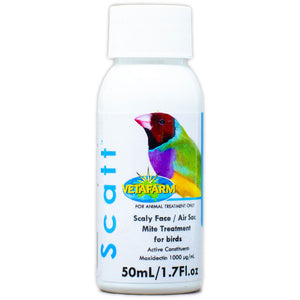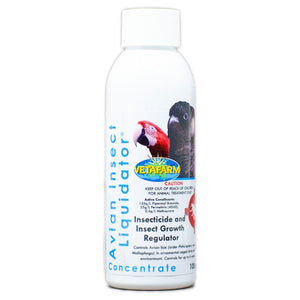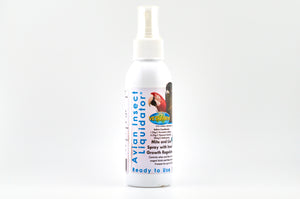Crop Tubes
Health Articles / Crop Tubes
Birdcare Company Crop tubes
Use the correct sized crop tube for the bird as follows:
18g -- Waxbills etc
16g -- Finches and Canaries
14g -- Budgies, Lovebirds and Cockatiels
12g -- Rosellas, Galahs, African Greys etc
8g -- Larger Parrots
Hygiene is critical.
Any food or medication remnants will harbour potentially dangerous germs. It is impossible to thoroughly clean the inside of the crop tube, so prior to use, thoroughly sterilise your tube by boiling it in water for 10 minutes or store the tube in Enviroclens
Enviroclens is a modern disinfectant that kills the bacteria, viruses, yeasts and fungi that can harm your birds. Other disinfectants are not recommended as not all disinfectants have an adequately broad spectrum of activity to guarantee the safety of your birds nor are most effective for more than a few hours. Indeed some disinfectants are toxic and others are corrosive.
Using your crop tube.
The instructions that follow are for a bird up to cockatiel size that can be restrained in one hand. For larger birds the bird should be restrained in a towel.
Take the bird in your left hand restraining the head with pressure from your thumb on the front of the neck just below the mandibles and your first one or two fingers around the back of the neck. Restrain one or both legs with your little finger. Do not place pressure on the bird's chest, as this will prevent it from breathing.
Ensure that the tip of the tube does not have any food, medication or drips on it that could come off and block the airways on the way down the throat or preferably use a clean tube only and attach the syringe when the tube is in place.
Approach the bird's beak and allow the bird to bite the tip of the tube. Increasing pressure with your thumb on the neck should ensure that the bird opens its beak. Alternatively for finches and canaries have an assistant to open the beak for you. Roll the tube over the tongue and as you do, the tube in your hand then moves around to the front of the beak so that it is only slightly on the left side of the bird as you pass it down the oesophagus and into the crop. You may have to slightly twist the tube as you pass it down. You should be able to feel the end of the tube with your left thumb.
Gently apply pressure to the plunger of the syringe to place its contents into the crop. Do not try to overfill the crop. Withdraw the tube gently.
Done correctly crop tubing is a safe and effective way to administer medication and emergency nutrition. If in any doubt about the procedure please contact your specialist avian veterinarian.




